Find out about The Open University's Science courses and qualifications.
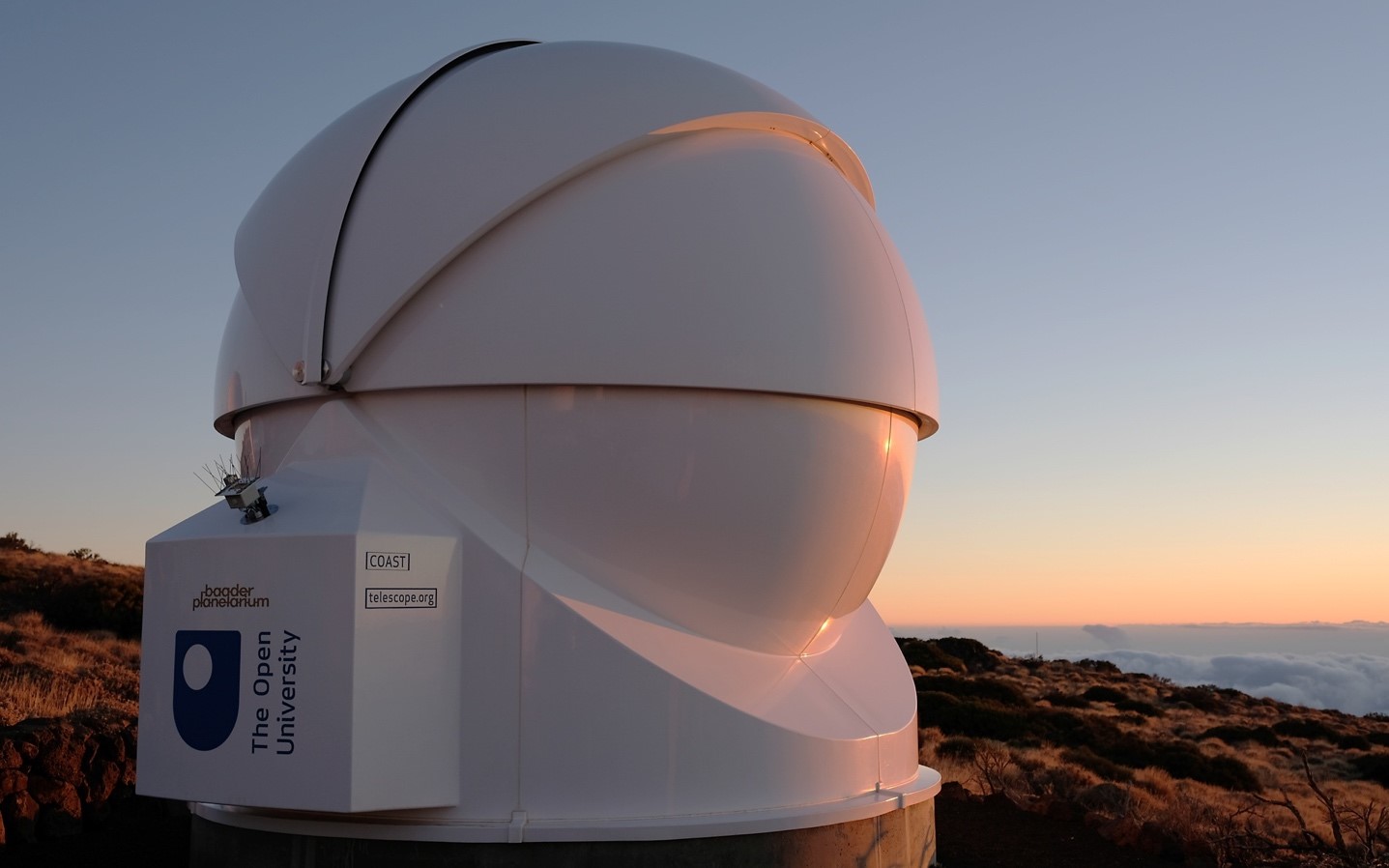 Denny High School in Scotland has been helping to develop and test an ambitious and innovative new course - Astronomy with an online telescope. The eight-week badged course allows participants the unique opportunity to use one of The Open University’s two telescopes located at the Observatorio del Teide in Tenerife.
Denny High School in Scotland has been helping to develop and test an ambitious and innovative new course - Astronomy with an online telescope. The eight-week badged course allows participants the unique opportunity to use one of The Open University’s two telescopes located at the Observatorio del Teide in Tenerife.
The COAST (Completely Autonomous Service Telescope) is a 14-inch (355 mm) reflecting telescope mounted on a computerised mount. Fitted with a CCD imaging sensor, COAST can be operated remotely over the internet through its own dedicated website telescope.org.
Through this online interface, COAST can be used to take images of distant celestial objects such as galaxies and nebulae and also to carry out detailed scientific measurements of variable stars. Course co-author and presenter Jo Jarvis explains: “We wanted to give everyone the opportunity to use this incredible facility and to obtain their own spectacular images of the numerous beautiful objects in the night sky. The images captured are stunning”.
Surveying the cosmos through the night
COAST and its sister telescope PIRATE (Physics Innovations Robotic Telescope Explorer) operate autonomously through the night. Participants on the online course can request images of their chosen objects and these are sent to a scheduler to be taken automatically by COAST. Operating through the night, COAST moves from one part of the sky to another taking images of each requested object from the schedule in turn. Users are alerted when their requested images are ready for collection. Depending on the weather in Tenerife, this can be as soon as the next day or perhaps after a few nights.
The importance of developmental testing is described by course co-author and presenter Alan Cayless: "Astronomy with an online telescope is an ambitious course. We're doing something that hasn't been tried before. It involves a significant practical element using the telescope and working with the images, so it was important to get this right. Here at The Open University in Scotland we are very fortunate to have good links with local schools and are very grateful to the STEM (Science, Technology, Engineering and Maths) teacher and pupils at Denny High School for helping us in the developmental testing of the course."
Science – it’s all connected
One of the most satisfying things about studying and working in astronomy is that it pulls together aspects of a wide range of science and indeed STEM subjects. Whether it’s the astrophysics of how stars and galaxies are formed, the technology of telescopes and of imaging detectors, or the mathematics of celestial mechanics and image processing, astronomy exposes the deep and fundamental connections between these subjects and skills.
In week two of Astronomy with an online telescope, students learn about optical systems, including the human eye and how it adapts to dark conditions such as in astronomical observing. On learning this, one of the pupils remarked: "We did this in biology!"
Imaging celestial objects
Participants in Astronomy with an online telescope will learn to find their way around the night sky, find out how telescopes and optical instruments work, and understand the different types of objects in the cosmos. The first half of the course concentrates on obtaining images of galaxies and nebulae from the famous Messier catalogue, which consists of over a hundred objects, each identified by its M, or Messier number – the Crab Nebula for instance being known as M1.
The Denny pupils worked in small teams, selecting objects from the catalogue and requesting their images from COAST. Their experiences of working through the explanations and activities in the course, together with their feedback on the materials, has helped us to fine-tune the course and to ensure that it is ready for a wider audience.
Two of the images obtained by the pupils are of the striking Whirlpool galaxy (M51) – a spiral galaxy seen face-on – and of the Sombrero galaxy (M104) – a galaxy seen edge-on with its distinctive dark dust lanes.
Each team was then set the task of finding out as much as they could about their chosen object and presenting the information, together with their images, on a poster for the other teams to see. In a fine example of collaboration and sharing of results these posters, combined with some creative artwork, form a display that runs the length of the school corridor.
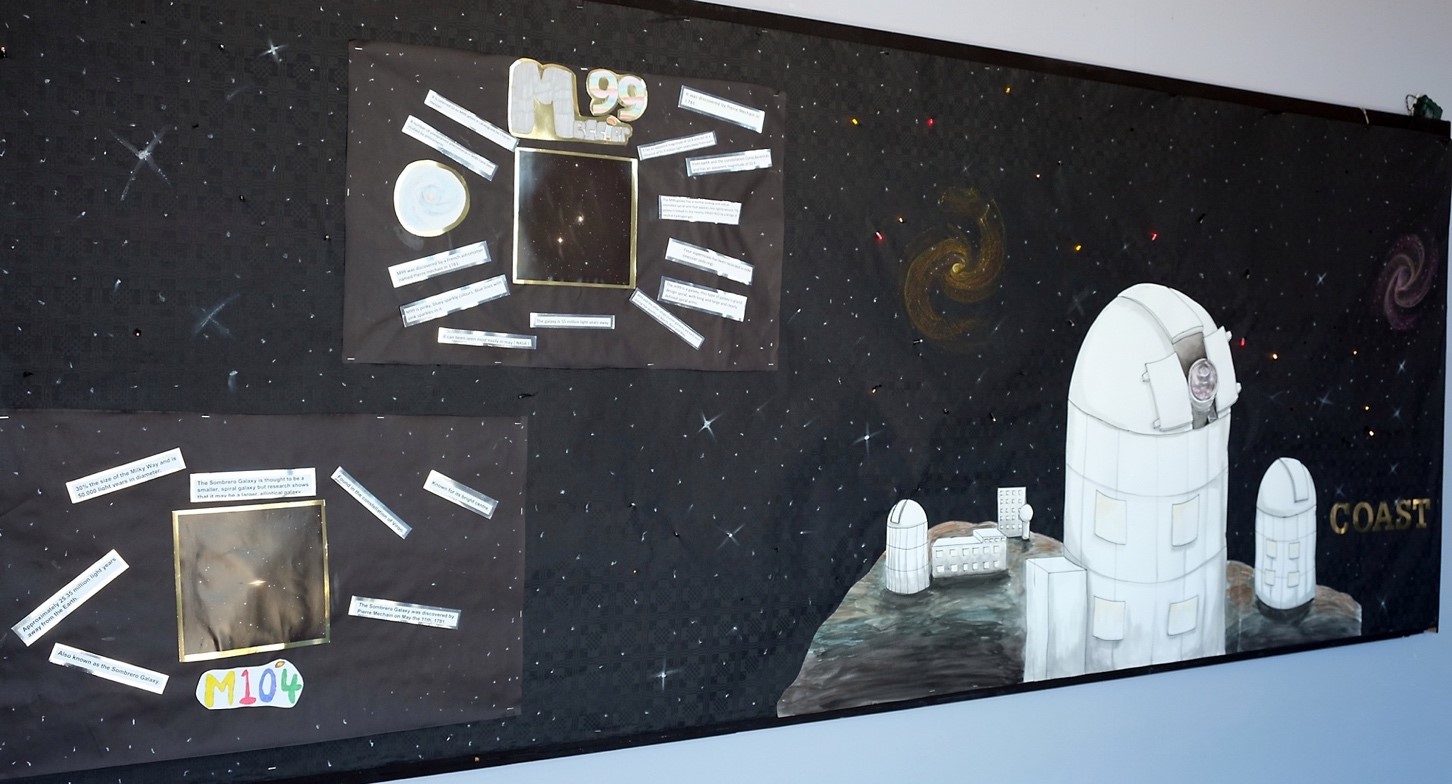
Alan concludes: "The contribution of the school has been invaluable. I have been extremely impressed by the enthusiasm and ability of the STEM pupils and in the quality of the results that they have obtained from COAST".
Variable stars and citizen science
The Denny pupils are now completing the second half of the course which involves taking measurements of variable stars and combining them with the results of others to form a light curve – an example of citizen science in action. These results will be added to by other users of the online course, building up over a time a complete picture of the behaviour of each of the variable stars.
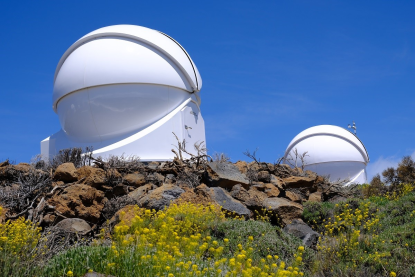
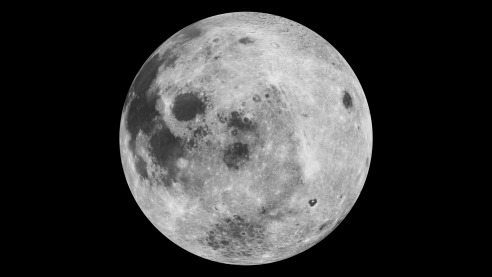
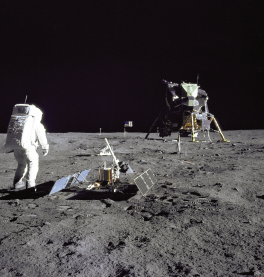
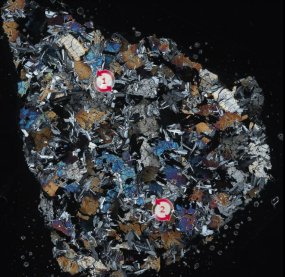
Rate and Review
Rate this article
Review this article
Log into OpenLearn to leave reviews and join in the conversation.
Article reviews